风萧萧_Frank
以文会友加拿大超市巨头赚爆 去年利润达36亿!监管局:需要更多竞争对手
加拿大竞争监管机构发现,超市零售业需要更多的竞争以帮助降低食品价格并鼓励新加入行业者的发展。
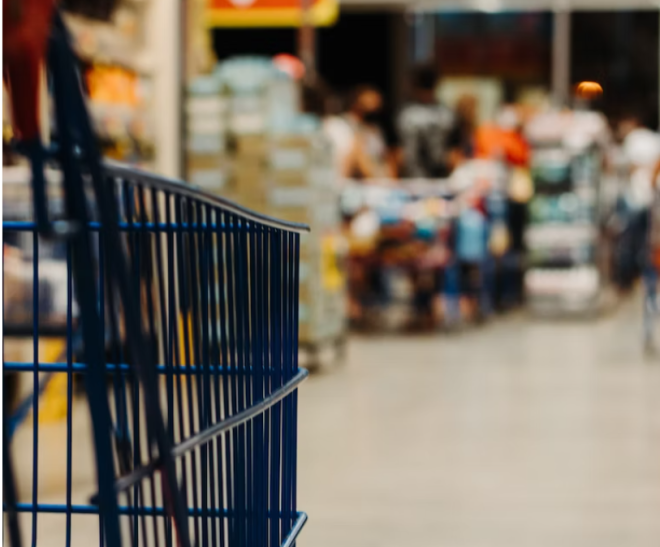
大多数加拿大人主要在几家超市巨头拥有的商店购买食品,加拿大三大超市连锁——Loblaws、Sobeys和Metro——去年共计报告了超过1000亿加元的销售额和36亿加元的利润。
"我们发现,过去五年中,加拿大最大的超市零售商的食品毛利率总体出现了一些适度但具有重要意义的增长,"该研究说道。"这一长期趋势并非由于疫情期间供应链面临的干扰和当前的通货膨胀期引起的。"
竞争局表示,这说明加拿大的食品杂货行业需要更多的竞争。
“加拿大需要解决方案来帮助控制食品价格,更多的竞争是这个答案的关键部分,” 报告中指出。
竞争监管机构提出了四项建议,以提高竞争和降低价格,包括采取创新战略以支持新的超市食品业务并扩大消费者选择。
它还建议政府鼓励增加独立超市零售商和并把国际超市零售商引入加拿大市场,标准化单位定价以帮助加拿大人能轻松比较超市食品价格,并控制该行业内采取的限制竞争性的房地产做法,例如在出售的土地上放置契约以阻止任何新的超市零售商在那里经营。
与此同时,竞争局表示,还需要以“高度警觉和审查”的态度对待其在超市行业的工作,以确保加拿大人获得更多的选择和更实惠的食品。
研究中还调查了消费者对超市行业的态度和意见,一些加拿大人表示,本国的法律不足以阻止对竞争不利的交易,而其他人则认为竞争局没有很好地执行这些法律。
研究称,当竞争法案于1986年引入时,加拿大至少有8家大型超市连锁店,每家都由不同的公司所有。
如今,在加拿大运营的只有五家大型连锁店:Loblaw,Sobeys,Metro,Costco和Walmart。

竞争监管机构致力于采取措施,促进加拿大的超市食品行业竞争,包括提供支持实施加拿大食品杂货行为准则的竞争态度。
它还承诺,将在三年内重新审查研究结果,评估其向政府提出的建议的进展情况。
近年来,加拿大食品杂货行业的高度集中程度受到了严格的审视。
三大连锁超市被卷入了一项据称涉及面包价格操纵的计划中,观察人士说这引发了对食品杂货行业的不信任。
大型超市连锁还被指控在同时取消前线员工的疫情奖金后,还固定了薪资。
不过,加拿大的杂货商争辩说,合并增加了效率,并为消费者提供了更多的价值。
杂货业高管们猛烈否认了漫天要价和所谓的“贪婪通货膨胀”的指控,称他们在食品上的利润保持适度——尽管利润显著增长。
不过国会农业委员会提出了对这些利润征收“意外税”的想法。
在本月早些时候提交的一份关于食品价格合理性的报告中,它表示,如果竞争局发现大型超市连锁在食品上产生了过多的利润,政府应考虑征收意外利润税,以“防止这些项目利润率的过度提高”。
与此同时,一个杂货行业委员会正在继续制定新的行为准则,以帮助大型超市连锁商、独立经营者和供应商之间实现竞争公平。
自2021年11月以来,加拿大的食品价格已经大幅上涨,这也是食品通货膨胀率低于5%的最后一个月。
从那以后,食品价格一直稳步上涨,去年9月和11月达到了11.4%的同比涨幅,然后在最近几个月有所缓和。
统计局周二表示,五月份食品价格同比上涨9%。
Rising grocer profit margins underscore need for competition, regulator finds
In a highly anticipated study released Tuesday, the Competition Bureau said concentration in the grocery industry has increased in recent years and the largest grocers have increased the amount they make on food sales.
Most Canadians buy groceries in stores owned by a handful of grocery giants, with Canada's three largest grocers -- Loblaws, Sobeys, and Metro -- collectively reporting more than $100 billion in sales and $3.6 billion in profits last year, the study found.
Food gross margins have generally increased over the last five years by a "modest yet meaningful" amount of one or two percentage points, the Competition Bureau said.
RELATED STORIES
RELATED LINKS
"This longer-term trend predates the supply chain disruptions faced during the pandemic and the current inflationary period," it said.
That's roughly equivalent to $1 to $2 on each $100 that Canadians spend on groceries, the study found.
The regulator said this signals the need for more competition in Canada's grocery industry.
"Canada needs solutions to help bring grocery prices in check," the study said. "More competition is a key part of the answer."
The competition watchdog proposed four recommendations to improve competition and lower prices, including an innovation strategy to support new grocery businesses and expand consumer choice.
It also recommends governments encourage the growth of independent grocers and the entry of international grocers into the Canadian market, standardize unit pricing to help Canadians easily compare prices, and curb real estate practices in the industry that limit competition, such as putting covenants on sold land that prevents any new grocer from operating there.
Gary Sands, senior vice-president of public policy with the Canadian Federation of Independent Grocers, said the study recognizes that more needs to be done to support independent grocers in Canada.
"They've drawn attention to some of the challenges that are faced by independent grocers," he said. "There are a lot of barriers to entry that make it hard to compete with the chains and this will hopefully lead to some changes."
Karl Littler, senior vice-president of public affairs with the Retail Council of Canada, said the study proves that major grocery chains have not made an excessive profit on food.
"We see this as another nail in the coffin of the greedflation hysteria," he said, referring to allegations that higher prices during the pandemic have been due to grocery chains engaged in price gouging and so-called greedflation -- raising prices by more than the rate of inflation.
However, the Bureau said its inability to compel information as part of the study limited its access to some details and highlighted the need for more formal information-gathering powers.
It said it also needs to approach its work in the grocery industry with "heightened vigilance and scrutiny" to ensure Canadians benefit from greater choice and more affordable groceries.
"We need to thoroughly and quickly investigate allegations of wrongdoing, and we need the power to act when issues arise," the study said.
In a survey of consumer attitudes and opinions about the grocery sector, some Canadians said the country's laws don't go far enough to stop deals that are bad for competition, while others felt the Competition Bureau has just not done a good enough job enforcing those laws, the study said.
When the Competition Act was introduced in 1986, there were at least eight large grocery chains across Canada, the study said. Each was owned by a different company.
Today there are five large chains that operate in Canada: Loblaw, Sobeys, Metro, Costco and Walmart.
The competition watchdog committed to taking steps to better promote competition in the Canadian grocery industry, including providing a pro-competitive perspective to support the implementation of Canada's grocery code of conduct.
It also committed to revisiting the findings of its study in three years to assess the progress on recommendations it has made to government.
The concentrated nature of Canada's grocery's sector has come under intense scrutiny in recent years.
The big three grocery chains have been embroiled in an alleged bread price-fixing scheme, which observers say has triggered distrust of the grocery industry.
The large grocers have also been accused of wage fixing after simultaneously scrapping pandemic bonuses for front-line workers.
It's behaviour the House of Commons industry committee likened to "cartel-like practices" in a June 2021 report.
Yet Canada's grocers have argued that consolidation increases efficiencies and provides consumers with more value, even as their profits have climbed.
The House of Commons agriculture committee has floated the idea of a windfall tax on those profits to "disincentivize excess hikes in their profit margins for these items."
Meanwhile, a grocery industry committee is continuing to hammer out a new code of conduct that would help level the playing field between large grocers, independents and suppliers.
Food prices have recorded a massive spike in Canada since November 2021 -- the last month for which grocery inflation was under five per cent.
Since then, grocery prices have consistently risen by close to double digits, peaking at an 11.4 per cent year-over-year price hike last September and again in November before easing somewhat in recent months.
Statistics Canada said Tuesday grocery prices rose nine per cent year over year in May.
This report by The Canadian Press was first published June 27, 2023.
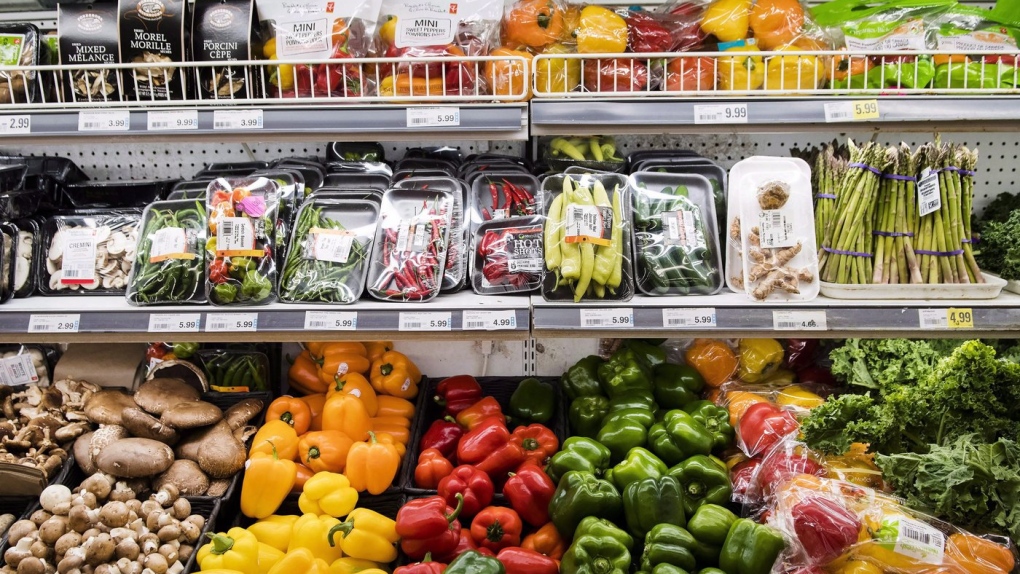
Produce is shown in a grocery store in Toronto on Friday, Nov. 30, 2018. (THE CANADIAN PRESS/Nathan Denette)
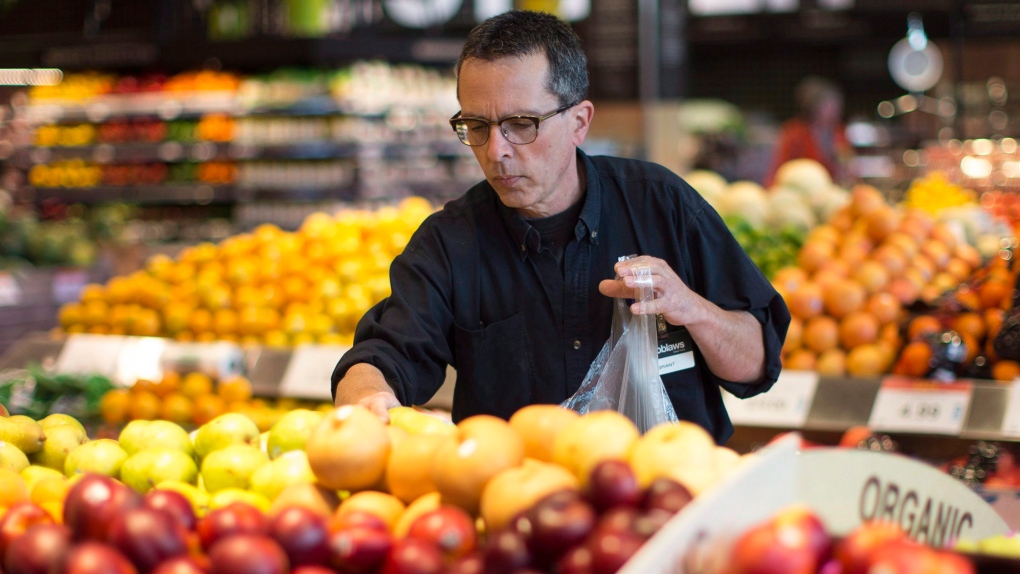 03:52
03:52'Crisis' of consumer trust in grocers: analyst
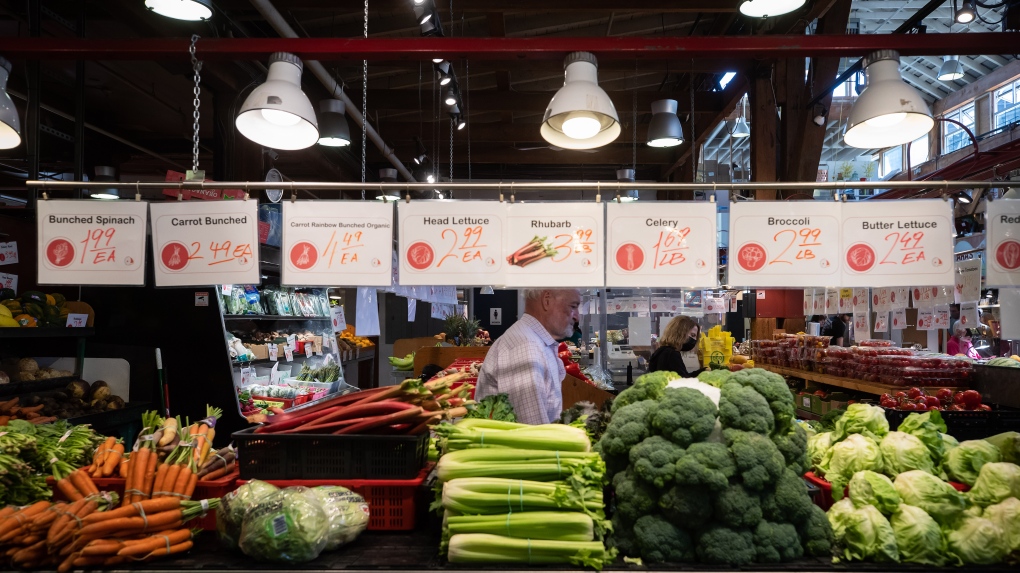 01:12
01:12



 01:57
01:57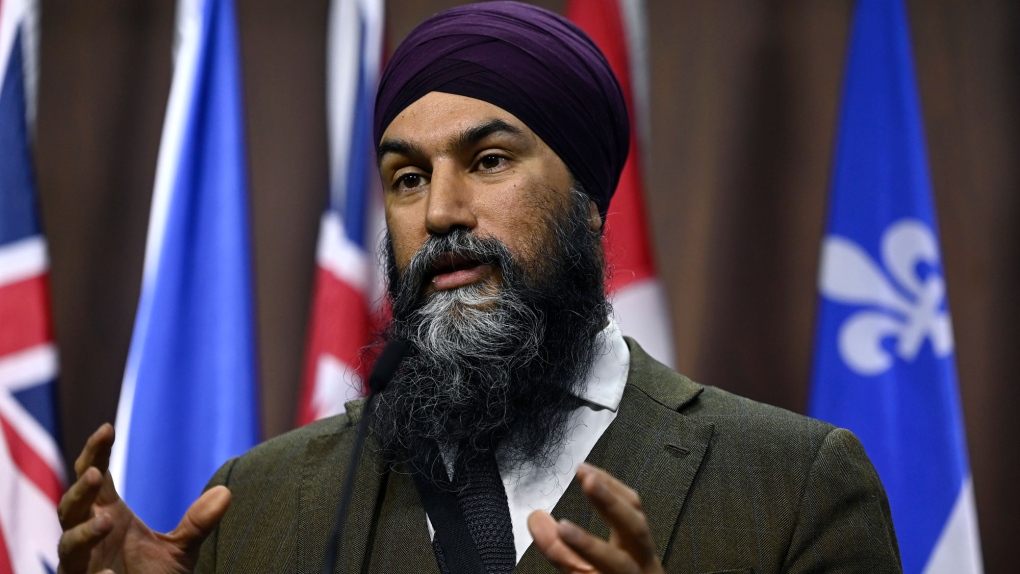 02:09
02:09 00:24
00:24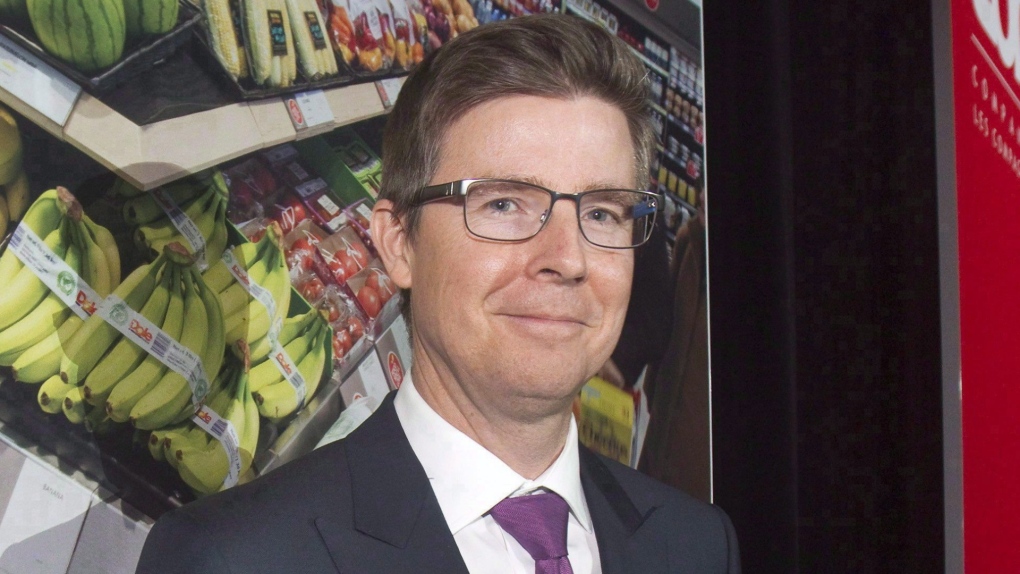 02:18
02:18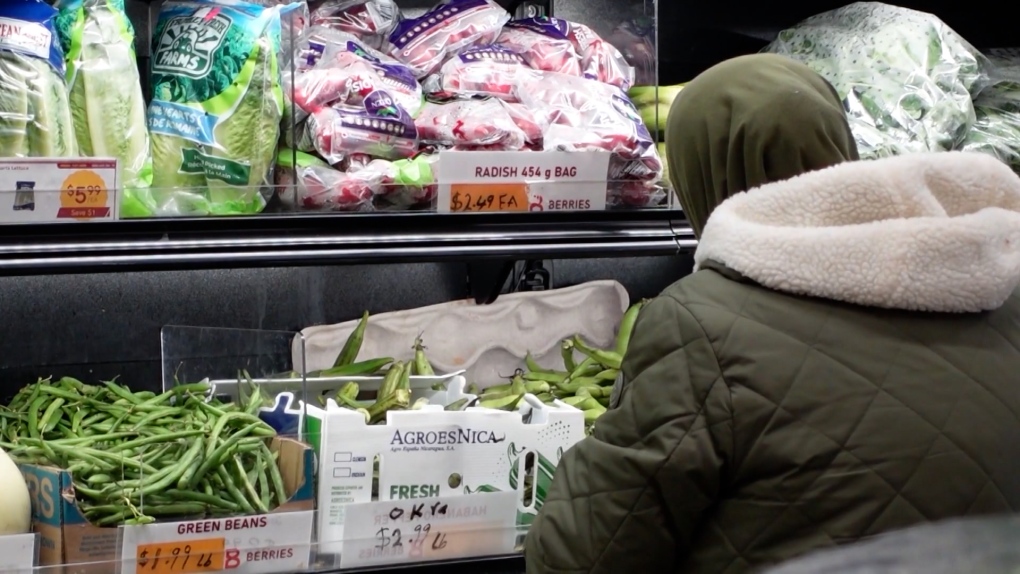 02:04
02:04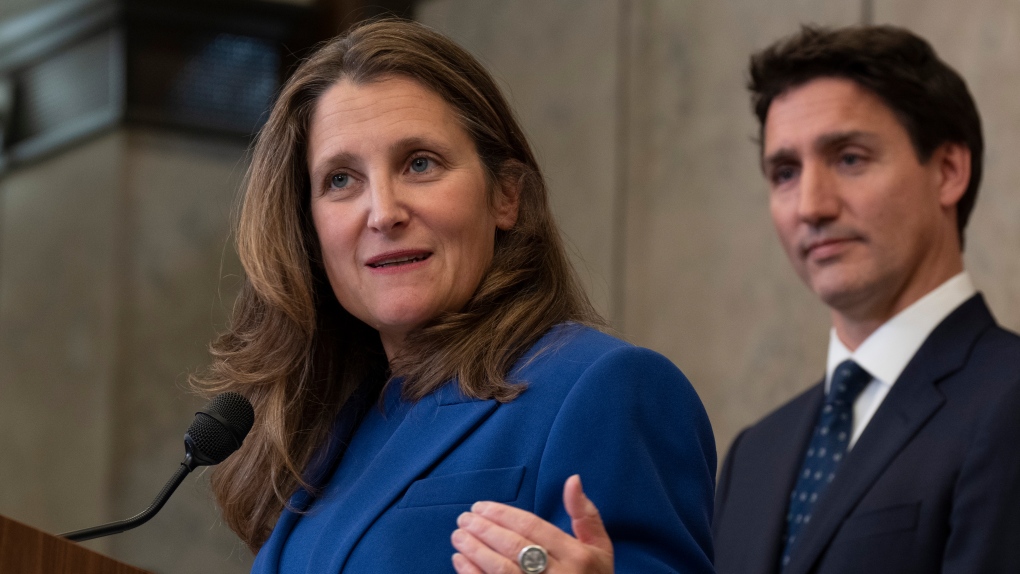 02:31
02:31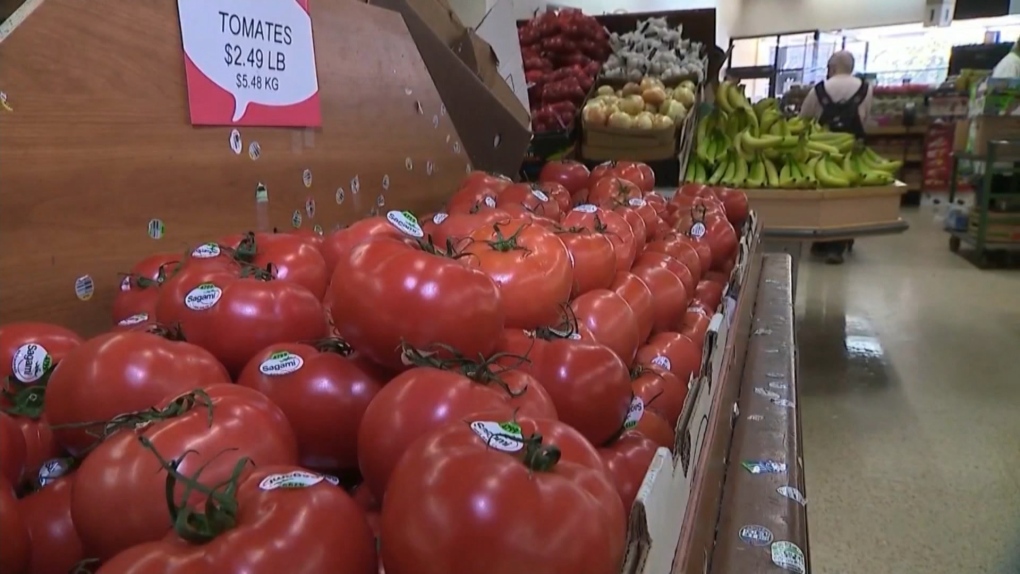 02:38
02:38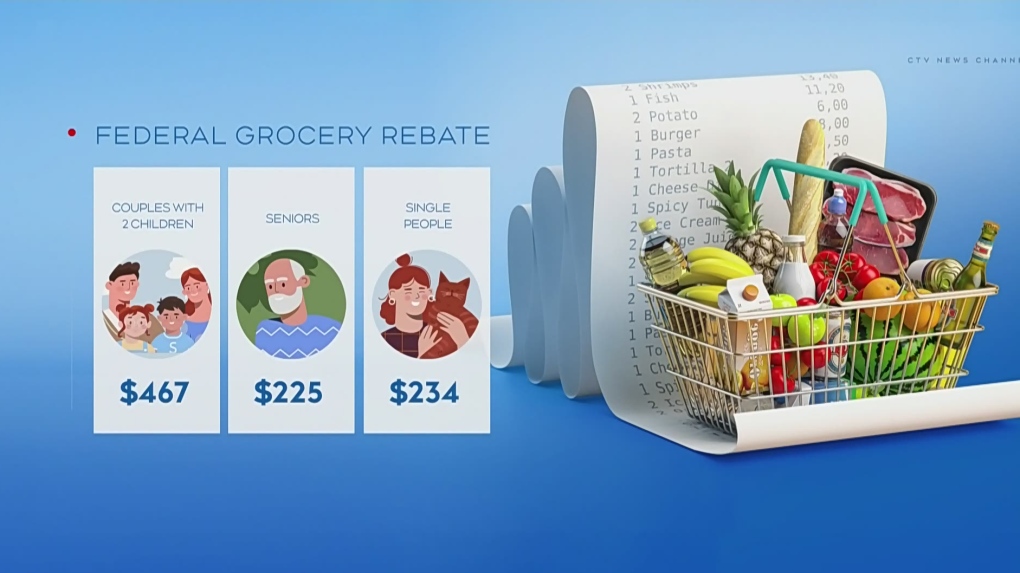 02:49
02:49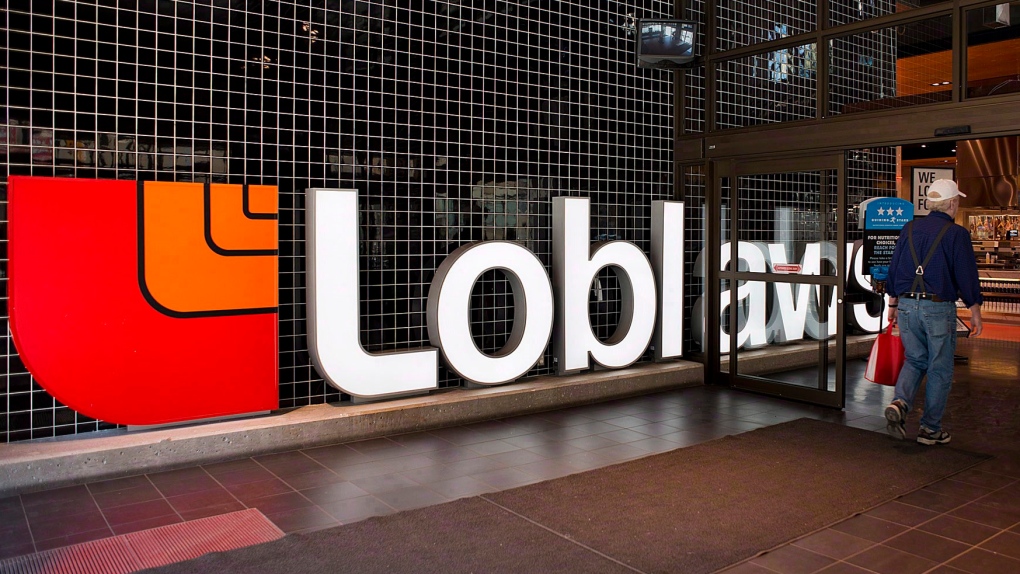 05:23
05:23 01:19
01:19 02:49
02:49 06:58
06:58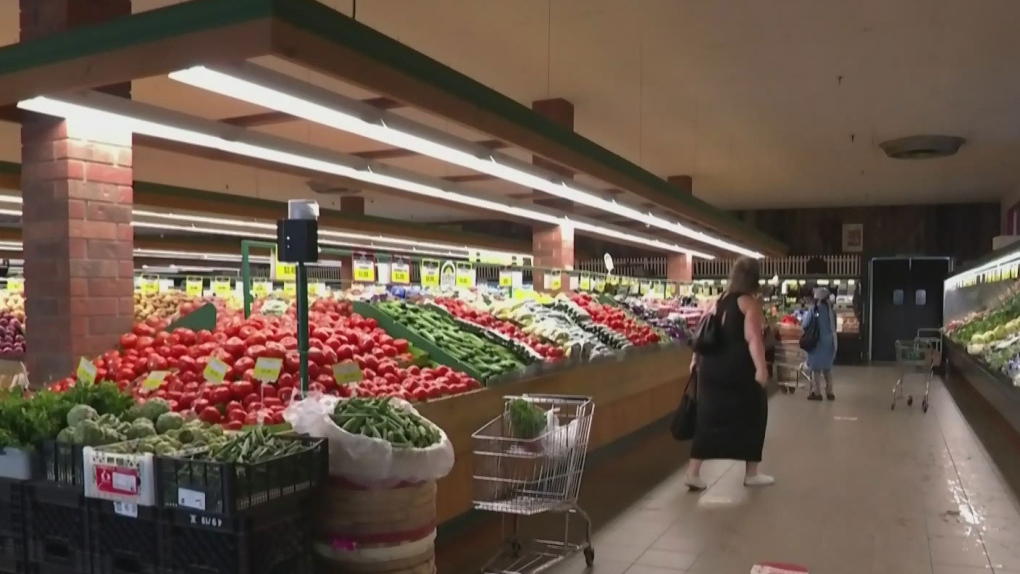 02:54
02:54 11:45
11:45 01:30
01:30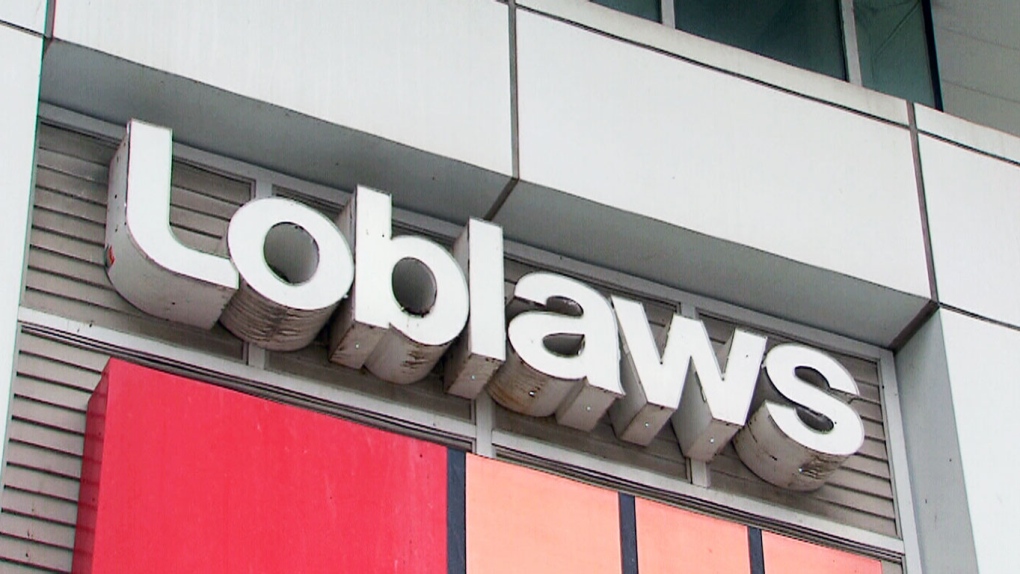 01:46
01:46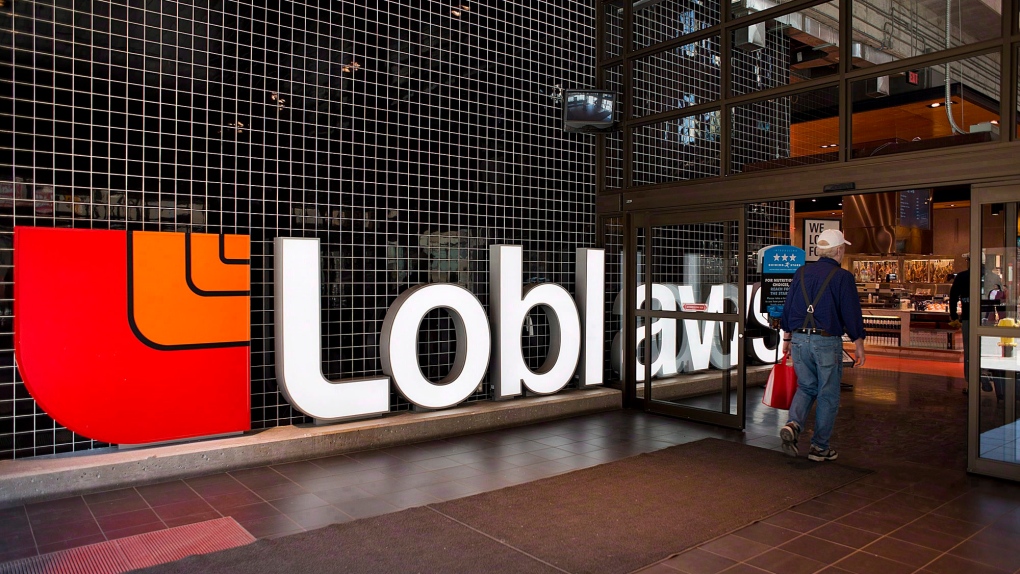 02:15
02:15